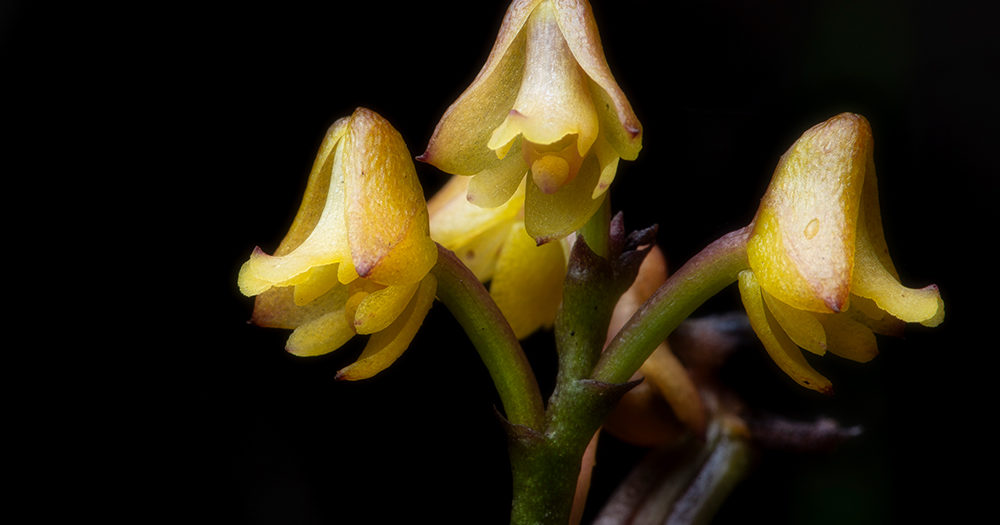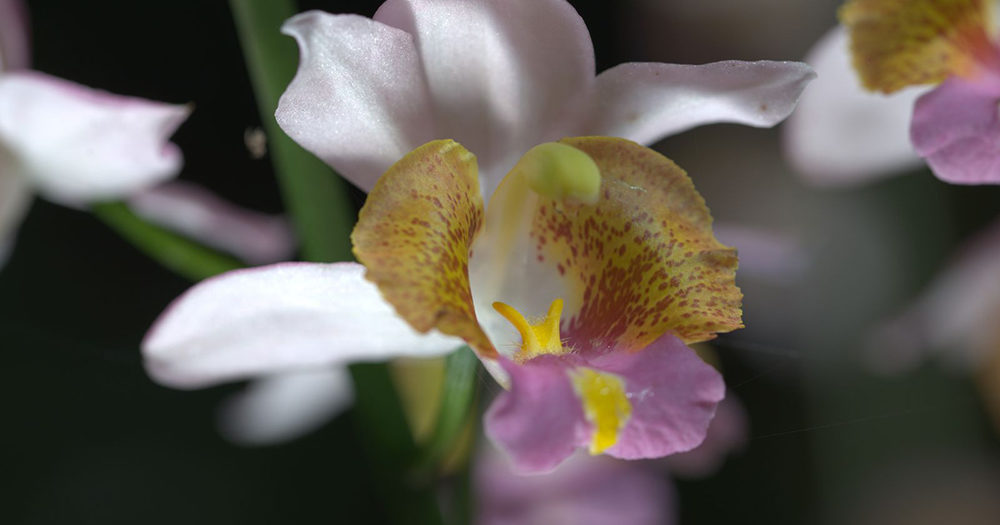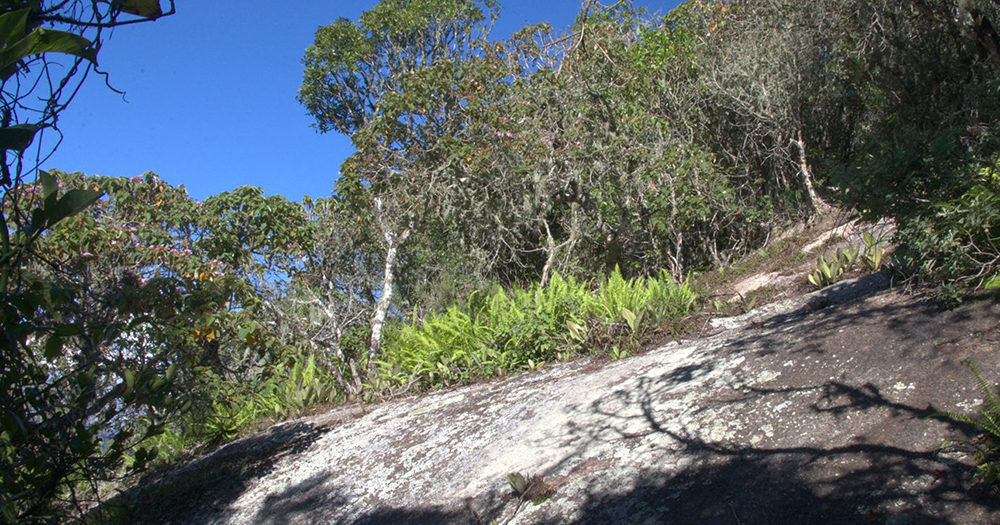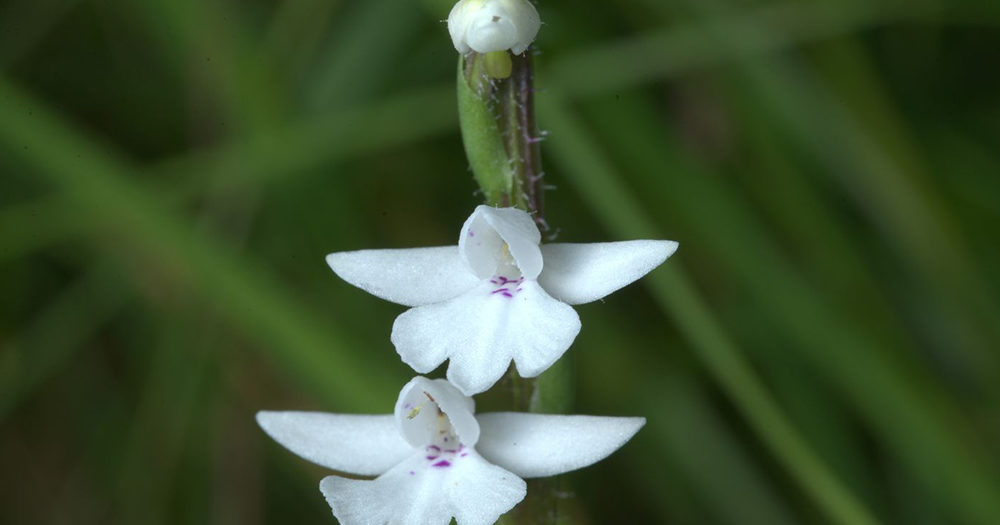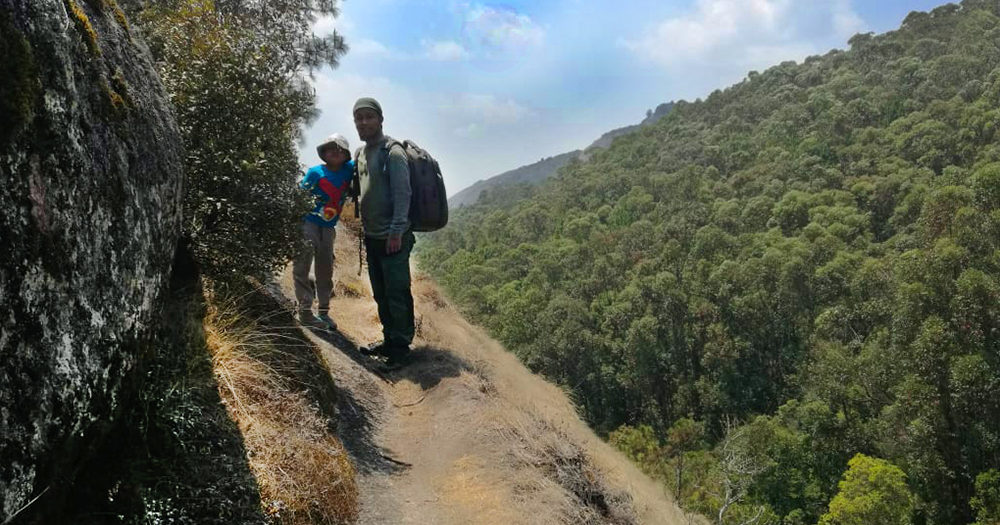Angavokely and Angavobe:
The names Angavokely and Angavobe mean “few bats” and “many bats”. The names refer to the caves of the protected area where the harmless fluttering animals live.
Location:
The park of Angavokely and Angavobe is located only 36 km east of the capital Antananarivo. With a car and driver, it takes about one to two hours to get there via the RN2. In the small town of Carion, turn right off the RN2 onto a dirt road that leads the last six kilometers to Ambohimiadona and then to Ambohijafy. In this village is the office of the protected area, where you can get a guide and pay the entrance fee.
Information about the protected area:
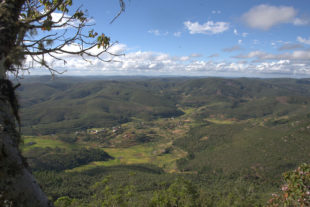
Angavokely (1752 m) and Angavobe (1755 m) are two granite massifs, so-called inselbergs. They belong to a series of inselbergs in the central highlands of Madagascar. Inselbergs are extremely specialized ecological niches. About 6.95 km² of the mountains and the surrounding land were declared an officially protected area as early as 1913. Today it is under the administration of the Malagasy Ministry of Water and Forests. A good two-thirds of Angavobe and Angavokely consists of pine and eucalyptus plantations, which are intended to provide the local population with an alternative source of urgently needed firewood. Only a small part of 1.5 km² is still a remnant of the dry forest that originally grew everywhere in the highlands of Madagascar. Another 1.1 km² consists of heather-like scrubland and granite rocks.
The protected area can be explored via various circuits. One of the circuits takes you to the inselbergs of Ambatomisondrotra (1650 m) and Ambatolava (1645 m), from which you can enjoy a fantastic view. The inselberg of Angavobe is of cultural importance for the Merina tribe and is still considered fady. It houses several sacrificial stones and tombs, the oldest of which is attributed to King Andrianajavonana (“the noble who disappeared”). The reserve also has caves, several of which can be visited, including Andavabatomaizina and Andavatsongomby. Basically, you should be sure-footed and reasonably fit – the inselbergs have many stairs and steep sections.
Climate:
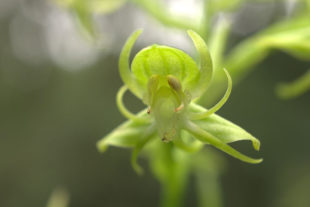
The climate in the highlands is pleasantly Mediterranean warm during the day in the rainy season, and thunderstorms can occur in the evening. In the dry season, it can be significantly cooler. Both sunscreen and a jacket that protects against wind and rain belong in your luggage here.
Infrastructure:
In the two neighboring villages Ambohimiadona and Ambohijafy there are only quite simple accommodations. Along the RN2 there are isolated, somewhat better hotels. In the nearby capital Antananarivo, however, there is something for every budget, from a simple guesthouse to a luxury hotel. Angavokely and Angavobe can be easily visited from here as a day trip.
Fauna & Flora:
The inselbergs of Angavokely and Angavobe are famous for their diversity of orchids and succulents, which find their place among noxious weeds, carnivorous plants, and strawflowers. More than a hundred different species of orchids have been found within the reserve. A true orchid paradise!
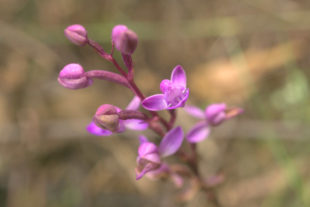
Among the most common orchids of the reserve are Angraecum sororium, Cynorkis uniflora with amazing white color morphs, and Cynorkis fastigata. Countless other Cynorkis species (including Cynorkis angustipetala, gibbosa, lilacina, baronii, coccinelloides, perrieri, uniflora) as well as Jumellea rigida, Jumellea maxillarioides, Aerangis ellisii, Brownleea coerulea, Polystachya concreta, Polystachya roseae, and Angraecum multiflorum can be found here. The age of some particularly exceptionally large orchids is estimated to be over 200 years.
Unfortunately, the protected area of Angavokely and Angavobe is repeatedly threatened by fires. Both lightning strikes and slash and burn are not uncommon. Due to the lack of “public” animals such as lemurs, the protected area is only very little visited. But especially for plant lovers, there is a little jewel of the highlands – you just have to be there at the right time.
 MADAMAGAZINE Your Magazine about Madagascar
MADAMAGAZINE Your Magazine about Madagascar
